The deep sea is the biggest habitat on Earth, but more people have been to the Moon than to the deepest parts of our oceans. Orla Doherty is one of the lucky few to have explored the abyss.
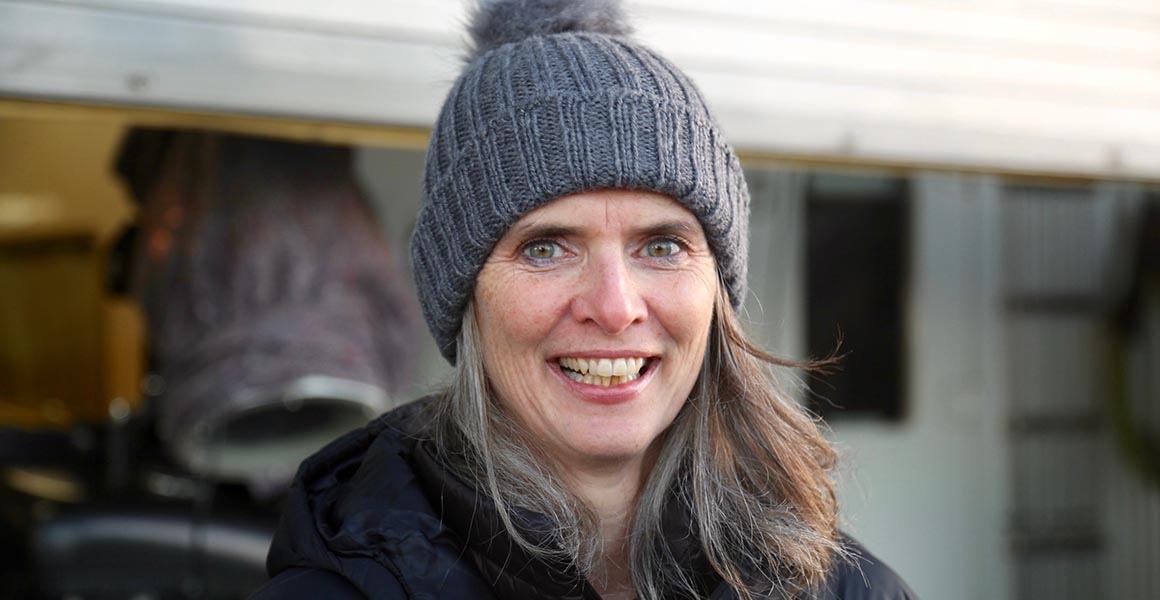
An expert in underwater filming, she was the producer on the BBC's Deep Sea episode of the award-winning Blue Planet II series.
She spent about 500 hours in a deep-sea sub for what would be a one-hour episode. In a talk given at the Museum, she described a working day at 1,000 metres deep.
Orla said, 'Our mission with Blue Planet II was to find new stories in the ocean, to win hearts and minds, and to show the beauty of the ocean. It was critical that we didn't just show the same stories that have been seen before.'
The first Atlantic whale fall
Orla spent ten years at sea studying the remote coral reefs of the Pacific Ocean with an NGO, having previously produced popular factual television.
Since joining the Blue Planet II team in 2013, she has filmed scientists at the frontline of ocean discoveries, from Indonesia to the Arctic Circle.
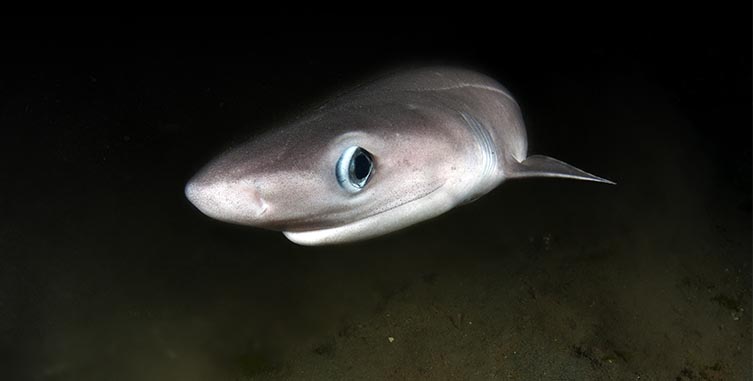
A sixgill shark pup © Greg Amptman/Shutterstock.com
One of the sequences Orla filmed for the Deep Sea episode showed sixgill sharks feeding on a whale carcass. The Blue Planet II team wanted to tell the story of what happens when a whale dies and sinks to the ocean floor, a process known as whale fall.
Whale fall had never been captured on camera in the Atlantic Ocean. The team worked with scientists at the University of the Azores and the Rebikoff-Niggeler Foundation for 18 months before attempting the filming.
Orla said, 'The first 24 hours were the most dramatic. Seven of these massive sharks were on the carcass within 12 hours and it was extraordinary to see, like a beautiful demolition derby.'
The sixgill sharks were filmed at about 700 metres deep. After four hours of filming their feeding, the team left the sharks to finish their meals.
In keeping with the type of filming undertaken for Blue Planet II, this sequence pushed the limits of technology.
Orla said, 'It's cosy in the subs, but it's lovely. We don't feel the pressure even though you can hear the sub creaking as it gets compressed. I did spend a lot of hours without going to the loo though.
'Every day there was a different challenge. Every day we relied on technology to get us down to the deep ocean. The pressure gets greater as you go down. When we were working at 1,000 metres with technology that needs to be preserved from the pressure, we had technological hiccup after hiccup.
'But it's part and parcel of working in that extreme world. Eventually I realised that is just how it goes. You're working at the edge of what we know about the planet.'
Predatory cephalopods
The team also filmed a sequence on the hunting habits of Humboldt squid in Chile.
These enormous cephalopods have huge appetites, boasting eight arms and two feeding tentacles that are equipped with hundreds of tooth-lined suckers.
They are expert hunters and will happily eat their own kind, turning on smaller or injured individuals in the group.
Orla's team wanted to capture the natural behaviours of these squid, but it wasn't easy in such inhospitable conditions.
She said, 'We were in a nine-tonne, bright yellow submarine. We were not subtle.
'But to capture the behaviour of the squid we had to try to be in stealth mode at 900 metres deep. We wanted to get them doing their thing, which meant we had to turn all our lights off and use a camera that can practically film in the dark.
'The one light we used was tiny, just enough for the sensor to read what was going on. That technology just did not exist a few years ago.'
The team managed to capture a feeding frenzy as the group of squid attacked lanternfish before turning on each other.
Orla added, 'It was incredible because we think we know Humboldt squid, but this was the first effort to film them way down in their world, doing what they do.
'Sometimes they turn on each other and scientists know this, but this is the first time it's been filmed. It was phenomenal to see this tug-of-war, cannibalistic scene playing out.'
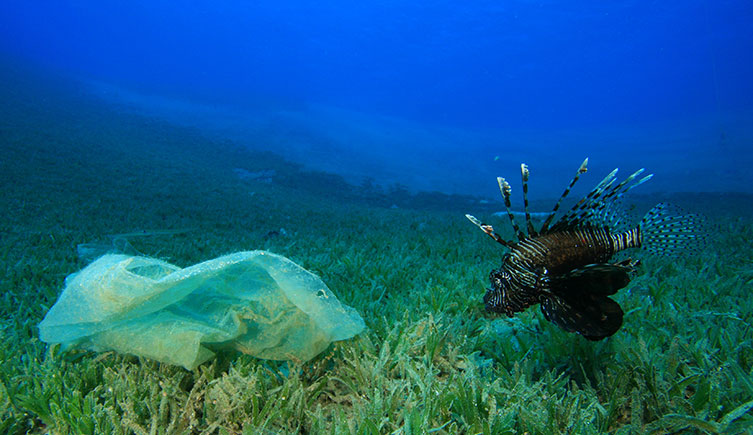
A lionfish approaches a plastic bag on the ocean floor
Plastic and pollution
Orla also produced the series' final episode, Our Blue Planet.
It focuses on humanity's relationship with the ocean and the devastating impacts that pollutants and plastics can have on Earth's most precious resource.
An estimated eight million metric tonnes of plastic are put into the ocean every year.
Orla said, 'In the final episode we look at a lot of the oceans' problems. We didn't set out to make a series with a huge environmental message in it, but we couldn't not show what we saw.
'We realised that we couldn't turn away from these issues. Plastic is in the news at the moment, but we explore many other issues too. For instance, while we were filming there was the biggest coral bleaching event that's ever happened in the Great Barrier Reef. But there's only so much news and negativity the public audience can take on at any one time.'
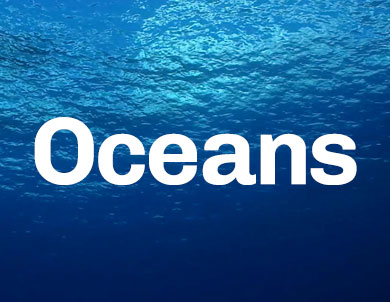
Discover the ocean
Explore more about marine science and life beneath the waves.

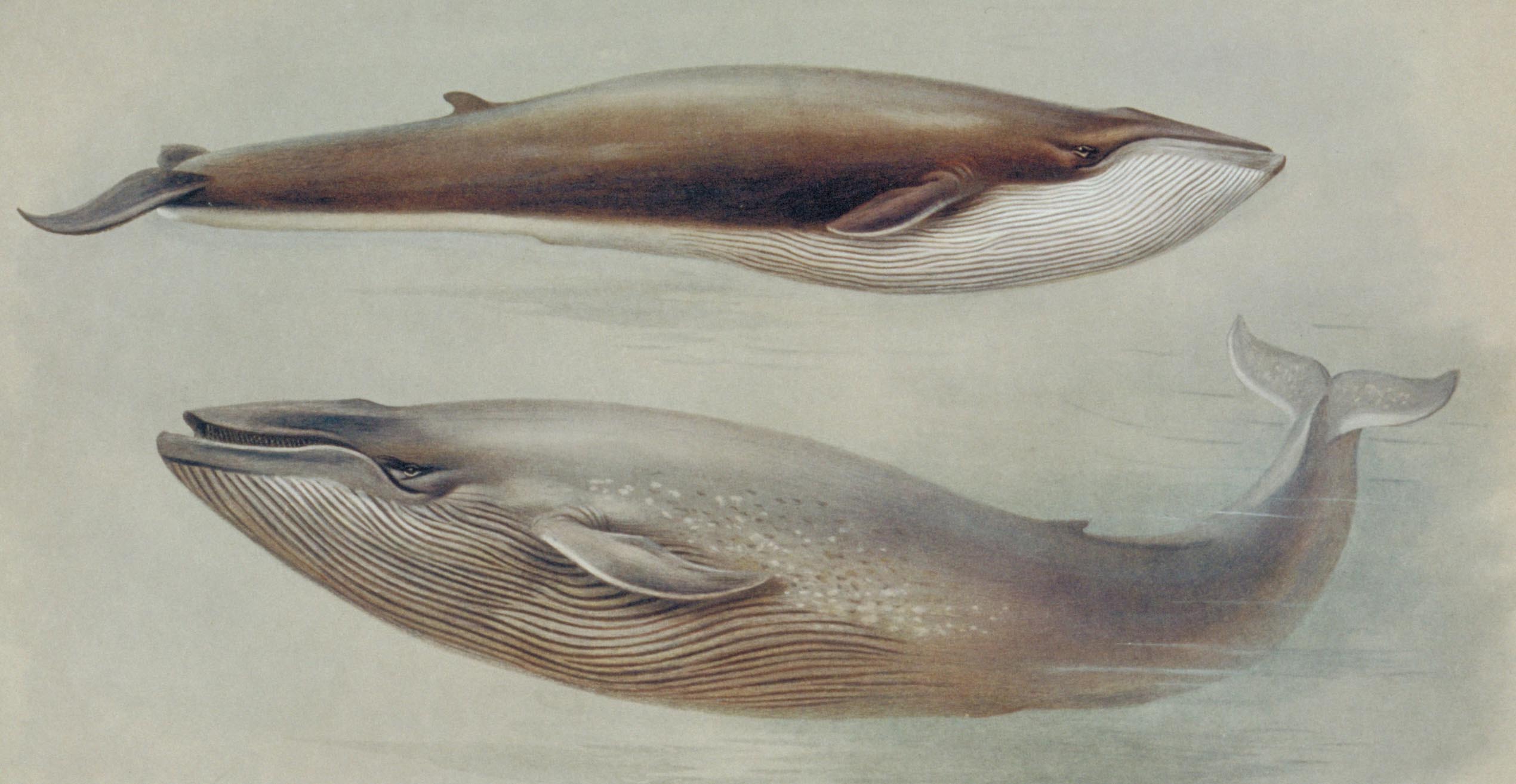
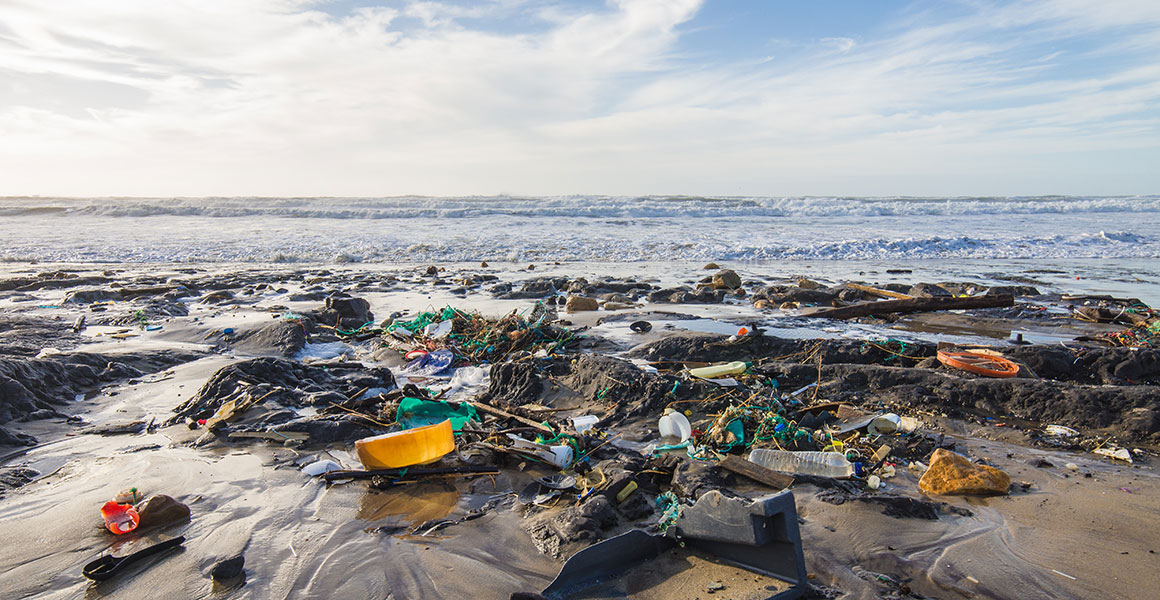
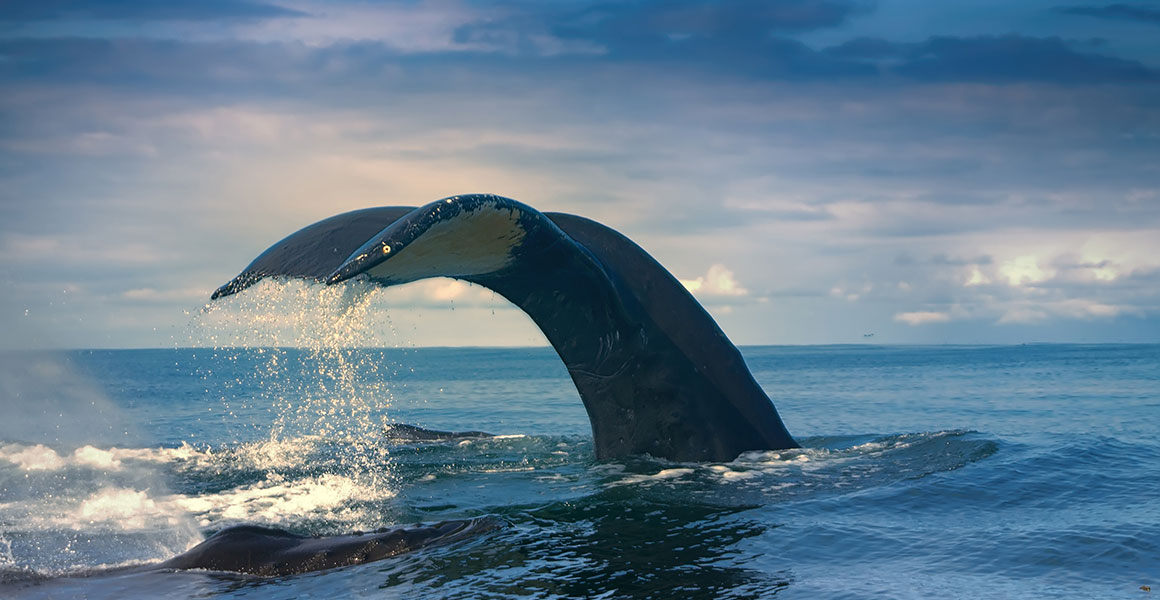
Don't miss a thing
Receive email updates about our news, science, exhibitions, events, products, services and fundraising activities. We may occasionally include third-party content from our corporate partners and other museums. We will not share your personal details with these third parties. You must be over the age of 13. Privacy notice.
Follow us on social media